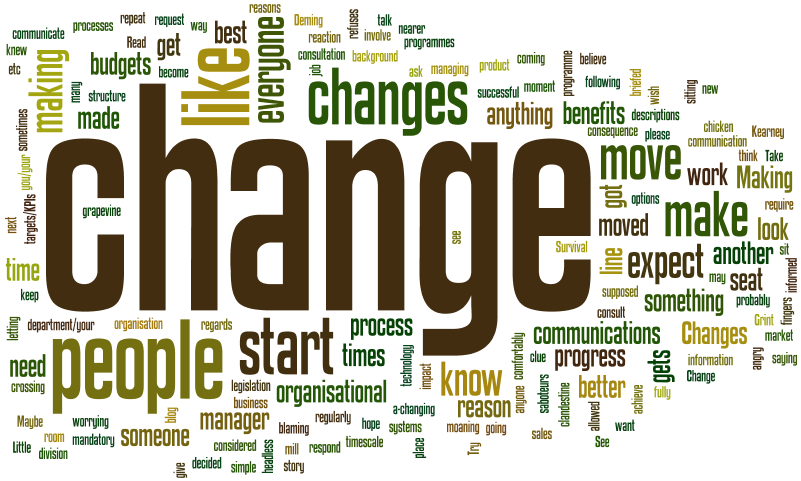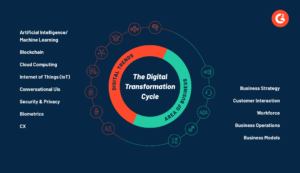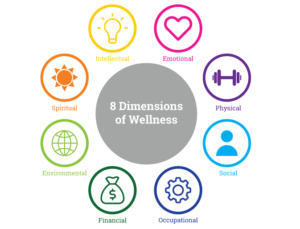In the world of health and well-being, the rise of both digital and physical products has brought about a profound transformation. From fitness apps and smart wearables to organic supplements and home gym equipment, these products are empowering individuals to take charge of their health in ways that were unimaginable a decade ago.
This shift is not just about the convenience of having wellness tools at our fingertips—it’s about the ability to make informed, data-driven decisions that lead to better physical and mental health outcomes. In this post, we’ll explore how digital and physical products are changing lives for the better and why they’ve become indispensable in the modern wellness landscape.
1. Fitness Apps: Revolutionizing Physical Health
Fitness apps have played a pivotal role in changing the way people approach exercise. These apps provide users with customized workout routines, track progress, and even connect them with a global community. They make it possible for anyone, regardless of location or fitness level, to access high-quality training and maintain an active lifestyle.
Success Story: Emma’s Journey with MyFitnessPal
Emma, a 35-year-old mother of two, struggled with weight gain after her second pregnancy. She tried various diets and exercise programs but found it difficult to stick with them. That’s when she discovered MyFitnessPal, a nutrition and fitness tracking app that would change everything for her.
By logging her meals and workouts, Emma was able to track her calorie intake and make more mindful food choices. The app’s integration with various fitness trackers helped her monitor her progress in real time, motivating her to stay on track. Within six months, Emma lost 20 pounds and gained a renewed sense of energy and confidence.
Emma’s story is a testament to how fitness apps can serve as powerful tools for those looking to improve their physical health. By providing accessible, tailored solutions, these apps make it easier to stay motivated and achieve fitness goals.
2. Wearable Technology: Tracking Health Like Never Before
Wearable devices, such as fitness trackers and smartwatches, have become household staples for health-conscious individuals. These gadgets, which track everything from steps taken to heart rate, sleep quality, and even stress levels, provide users with real-time data that can help them make more informed decisions about their health.
Success Story: John’s Heart Health with the Apple Watch
John, a 48-year-old executive, was always busy with work and often neglected his health. However, his doctor had warned him about the risks of high blood pressure and heart disease due to his sedentary lifestyle. After receiving an Apple Watch as a gift, John began tracking his activity levels, heart rate, and sleep patterns. The device would even alert him when his heart rate spiked, prompting him to take a break or relax.
Over time, John became more aware of how his daily habits were impacting his health. By making small adjustments—like walking more, taking breaks, and managing his stress—he was able to lower his blood pressure and improve his overall fitness. For John, the Apple Watch didn’t just serve as a tracker; it became a life-saving tool that encouraged him to prioritize his health.

3. Online Wellness Programs: Access to Expert Guidance
In the past, access to quality wellness resources and professional guidance was often limited by location, finances, or time. But with the rise of online wellness programs, individuals can now take courses on nutrition, mental health, fitness, and more, from the comfort of their homes. These programs provide expert guidance and structured plans, making it easier to achieve specific wellness goals.
Success Story: Sarah’s Transformation with Headspace
Sarah, a 29-year-old marketing professional, faced significant stress and anxiety due to her demanding job. She had tried various methods to manage her mental health, but nothing seemed to stick. That was until she came across Headspace, a popular meditation and mindfulness app.
Headspace offered Sarah a variety of guided meditation sessions that ranged from quick five-minute sessions to hour-long deep relaxations. By incorporating meditation into her daily routine, Sarah noticed a remarkable reduction in stress and improved emotional clarity. Over time, she learned how to manage her anxiety more effectively, even in high-pressure situations.
Headspace and similar apps have become indispensable tools for millions of people seeking to improve their mental well-being. These digital platforms provide users with expert advice and techniques that can help them navigate life’s challenges with greater ease and calm.
4. Supplements and Nutritional Products: The Power of Physical Wellness
While digital products have certainly revolutionized the way we approach health, physical products like supplements, organic foods, and fitness equipment remain essential in many people’s wellness journeys. From protein powders to vitamins, these products help individuals meet their nutritional needs and support their overall health.
Success Story: Tom’s Recovery with Protein Supplements
Tom, a 40-year-old gym enthusiast, was trying to build muscle mass but wasn’t seeing the results he hoped for. After consulting with a nutritionist, he was advised to incorporate protein supplements into his diet. By adding a quality whey protein powder to his daily routine, Tom was able to meet his increased protein needs and fuel his muscles post-workout.
Not only did Tom see significant improvements in his strength and physique, but the protein supplements also helped him recover faster from intense training sessions. Tom’s success story highlights how the right physical products can support an individual’s fitness and health goals, accelerating results and improving overall well-being.

5. Smart Home Devices: Aiding Wellness in the Comfort of Home
Smart home technology is another example of how both digital and physical products are working together to improve our health and well-being. Devices like smart thermostats, air purifiers, and sleep trackers can enhance the quality of life by ensuring we have a healthier living environment.
Success Story: Lisa’s Better Sleep with a Smart Mattress
Lisa, a 42-year-old graphic designer, had been struggling with poor sleep for years. She found it difficult to fall asleep and often woke up feeling tired. After researching solutions, Lisa invested in a smart mattress that adjusted its firmness based on her sleeping position and monitored her sleep patterns.
With the help of the mattress, Lisa was able to achieve deeper, more restful sleep. The data provided by the smart mattress allowed her to identify patterns and adjust her sleep habits for maximum restfulness. As a result, Lisa felt more energized and focused during the day, and her overall mood improved significantly.
Smart home products like sleep trackers, air purifiers, and even smart lighting systems can transform the environment in which we live, promoting better sleep, cleaner air, and a healthier lifestyle overall.
6. The Integration of Digital and Physical Products for Holistic Health
The combination of digital and physical products has created a more integrated and personalized approach to health and well-being. Whether it’s using a fitness app alongside a home workout kit or pairing a meditation app with a sleep tracker, the possibilities for enhancing your health are virtually endless.
For many individuals, integrating both digital and physical products into their routines has created a holistic approach to health. Rather than relying on one product or method, people can now customize their wellness journey, tailoring it to their unique needs and preferences.
Success Story: Mark’s Holistic Approach to Wellness
Mark, a 55-year-old businessman, struggled with balancing his career, physical health, and mental well-being. He decided to take a holistic approach by combining several digital and physical products into his daily routine. He used Fitbit to track his steps, Calm for meditation, and a home gym set for strength training.
Mark also used meal-planning apps to ensure his diet supported his fitness goals and mental clarity. Over time, Mark noticed that by incorporating both digital and physical tools, he was able to improve his overall health, reduce stress, and feel more energized throughout the day.
Mark’s story demonstrates how the combination of digital and physical products can create a comprehensive wellness plan that works in harmony to support all aspects of health.
A New Era of Health and Well-being
The integration of digital and physical products has revolutionized the world of health and well-being. From fitness apps and wearables to nutritional supplements and smart home devices, these products are enabling people to take control of their health in ways that were once unimaginable. Whether it’s tracking progress, improving sleep, managing stress, or enhancing physical performance, digital and physical tools are becoming indispensable in helping people lead healthier, more balanced lives.
As technology continues to advance, the possibilities for improving health and well-being are limitless. With the right products, anyone can take meaningful steps toward achieving their health goals and enjoying a happier, more fulfilled life.





